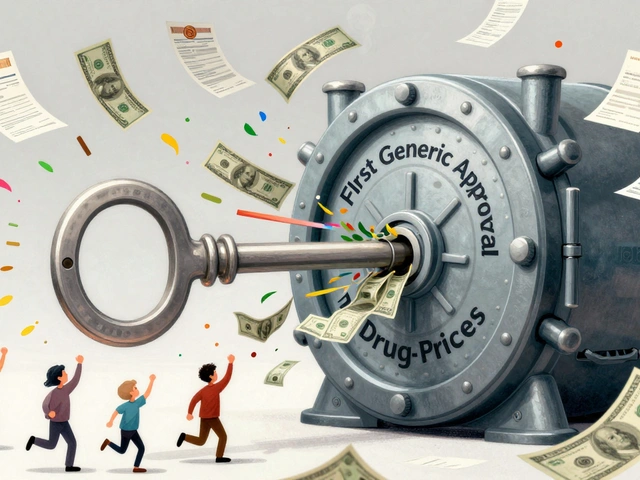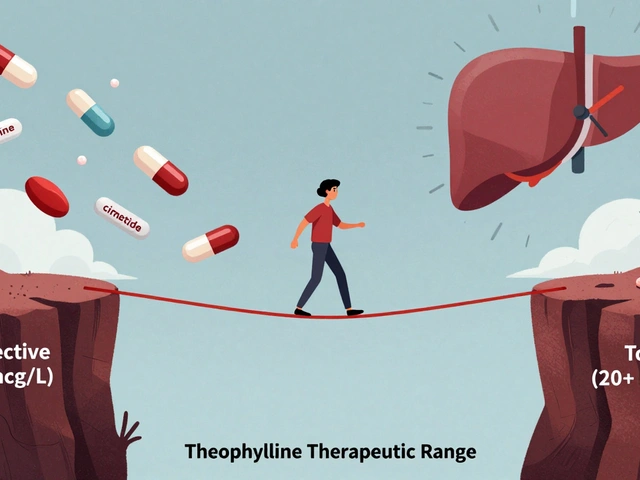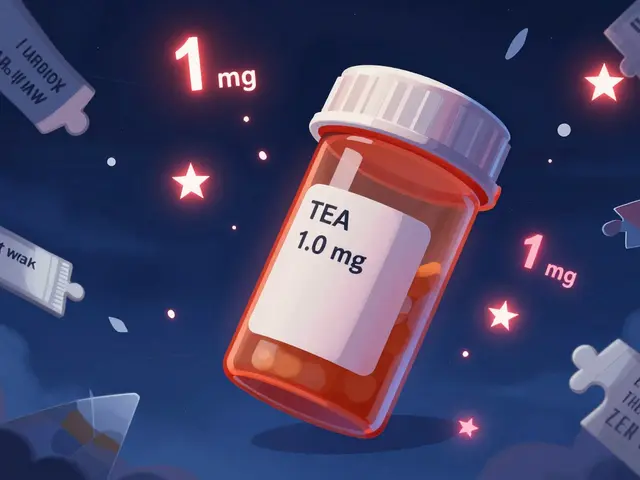Smoking Cessation Meds: Your Quick Guide to Quit Aids
When working with smoking cessation meds, pharmaceutical tools designed to lessen cravings and ease withdrawal when quitting tobacco. Also known as quit smoking medications, these products sit at the intersection of chemistry and behavior change. Smoking cessation meds are not a one‑size‑fits‑all solution; they pair best with a solid quit plan and, often, some form of counseling. Understanding the core options—nicotine replacement therapy, varenicline, and bupropion—helps you pick a path that matches your lifestyle and health profile.
Key Options and How They Work
First up is nicotine replacement therapy, a group of products that deliver low, steady doses of nicotine without the harmful smoke. Common forms include patches, gums, lozenges, inhalers, and nasal sprays. By keeping nicotine levels steady, NRT lowers the intensity of cravings, giving your brain a chance to reset its dependence. Next, varenicline, a prescription pill that blocks nicotine receptors and reduces the pleasure from smoking. Varenicline works on two fronts: it dulls the reward you get from a cigarette and eases withdrawal symptoms. Finally, there’s bupropion, an antidepressant that also curbs nicotine cravings by influencing dopamine and norepinephrine pathways. Bupropion is taken as a tablet, usually for 7‑12 weeks, and can be a solid choice for people who prefer an oral option without nicotine.
All three options share a common thread: they are most effective when paired with behavioral support. The science shows that medication plus counseling raises quit rates by 30‑40 % compared with medication alone. Support can come from a quit‑line, a smartphone app, or in‑person therapy. The combination creates a feedback loop—medication eases the physical pull, while counseling tackles the mental habits that keep you reaching for a cigarette. If you’re wondering whether to start with an over‑the‑counter patch or jump straight to a prescription, consider your smoking history, any existing health conditions, and how quickly you want relief from cravings.
Side‑effects differ across the board. NRT may cause skin irritation (patches) or mouth soreness (gums). Varenicline’s most talked‑about concerns are vivid dreams and mood changes, so keep your doctor in the loop if you notice anything unusual. Bupropion can trigger insomnia or dry mouth, but it’s generally well‑tolerated. Knowing these details ahead of time lets you plan for them—keep a moisturizer handy for patches, or set a regular bedtime if you’re on varenicline. Remember, the goal isn’t just to stop smoking; it’s to stay smoke‑free. Addressing side‑effects early prevents a relapse due to discomfort.
Choosing the right regimen often means a trial‑and‑error approach. Some people start with a nicotine patch for steady baseline control, then add a gum or lozenge for breakthrough cravings. Others find a single prescription like varenicline or bupropion does the heavy lifting. Insurance coverage, cost, and personal preference all play a role. If you have a history of depression, bupropion might double‑benefit you, but discuss risks with your clinician. If you’re worried about nicotine exposure, NRT offers a nicotine‑free transition, albeit at a lower dose. The key is to start early, set a quit date, and stick to the dosage schedule—skipping doses can blunt the medication’s effect and make cravings spike.
Below you’ll find a curated collection of articles that dive deeper into each of these options, compare costs, outline real‑world experiences, and give step‑by‑step instructions for safe use. Whether you’re a first‑time quitter or revisiting a past attempt, the resources ahead will give you a clearer picture of how smoking cessation meds can fit into your quit plan and boost your chances of staying tobacco‑free.
Bupropion vs. Alternatives: Comprehensive Comparison Guide
A detailed side‑by‑side comparison of Bupropion with common antidepressants, smoking‑cessation drugs and weight‑loss options, plus practical switching tips.






